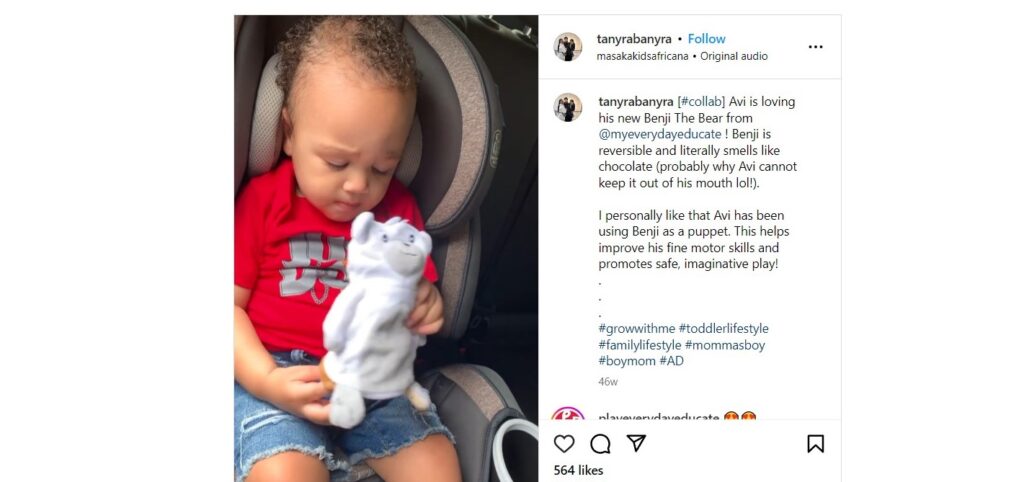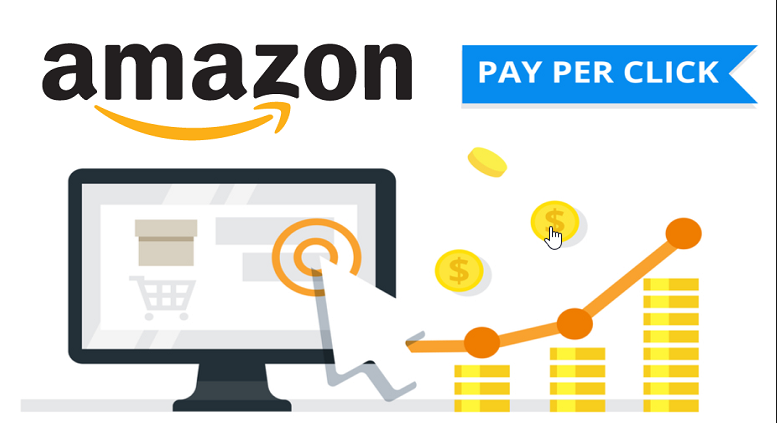“User-generated content is the word of mouth for the digital age.”
Blake Chandlee, former VP of Global Partnerships at Facebook.
In the age of the digital world, the phrase ‘content is king’ has never been more true. But as brands and businesses, we’ve stepped into an era where it’s not just about the content we create. Enter User- Generated content (UGC), an invaluable asset for any brand looking to bolster its online presence and foster deeper connections with its audience.
What is User-Generated Content?
User-Generated Content, often shortened to UGC, refers to any form of content – text, videos, images, reviews, etc.—that is created by users or customers of a brand, rather than the brand itself.

The Impact of User-Generated Content
UGC is a powerful tool for brands. It not only provides authentic material for brand promotion but also fosters a sense of community among users, creating an emotional connection that can significantly impact consumer behavior.
One impactful example of UGC is Starbucks’ White Cup Contest in 2014. Starbucks invited customers in the US and Canada to decorate one of their signature white cups and submit a picture of it. The winning design would be used as a template for a limited-edition Starbucks cup.
The campaign resulted in tens of thousands of entries and enormous media and social media exposure. The user-generated designs created a sense of authenticity, personalization, and customer involvement in the brand. In terms of figures, Starbucks’ Facebook engagement increased by 200% during the contest.
UGC provides companies with a way to engage with their customers in a more authentic and cost-effective manner. It allows for greater trust, higher conversion rates, better SEO, and substantial brand engagement. The Starbucks case study is just one example of how UGC can be effectively utilized for significant impact.
How User-Generated Content Can Boost Your Brand?
Building Trust and Authenticity
UGC acts as social proof, demonstrating that real people endorse your brand. This builds trust and authenticity, two crucial elements that influence purchasing decisions in today’s discerning consumers.
As per the Nielsen Consumer Trust Index, organic user-generated content (UGC) holds more credibility for 92 percent of consumers compared to conventional advertising methods. Unlike traditional advertising, UGC presents real experiences from actual users, which fosters a sense of trust and reliability among consumers.

Enhancing SEO
Search engines love fresh and unique content. By encouraging UGC, your brand can continually update its online platforms with new material, boosting its SEO ranking.
| Impact of UGC on SEO | Description |
|---|---|
| Fresh and Relevant Content | Search engines favor websites that regularly update. UGC, like blog comments and reviews, keeps a site updated. |
| Long-tail Keywords | Users phrase their queries differently than professional content creators, helping websites rank for long-tail keywords. |
| Increase in Site Engagement | UGC can increase visitor’s time on site and reduce the bounce rate, factors considered in search engine rankings. |
| Content Volume | The volume of UGC can result in more indexed pages, giving a broader digital presence. |
| Social Signals | UGC often gets shared on social media, generating social signals which can positively influence SEO. |
Cultivating a Community
UGC opens a two-way communication channel with your audience, fostering a sense of community and engagement around your brand. This connection can turn one-time customers into loyal brand ambassadors.
Implementing User-Generated Content Strategies
Encouraging User Reviews and Ratings
One of the easiest ways to begin utilizing UGC is to encourage customers to leave reviews and ratings. This not only provides valuable feedback for your brand but also serves as a convincing testament to prospective customers.
User Created Content Campaigns
Creating campaigns that incentivize users to share their unique content related to your brand is another effective strategy. This could be through contests, social media features, or special offers.
Social Media and User Generated Content
Social media platforms are a hotbed for UGC. By engaging with your audience on these platforms, sharing their content, and sparking conversations, you can significantly enhance your brand’s online visibility.
The Dos and Don’ts of User-Generated Content
When it comes to UGC, it’s essential to navigate the waters carefully. Always seek permission before using a user’s content, and respect their privacy. Be transparent about how you will use their content and show appreciation for their contribution. On the other hand, don’t neglect to moderate content. Ensure that the UGC associated with your brand aligns with your values and message.
Real-world Examples of Successful User-Generated Content Campaigns
Many brands have successfully harnessed the power of UGC. GoPro, for example, encourages its users to share their videos captured on GoPro devices, showcasing the quality of their product while celebrating their customers’ creativity. Similarly, Starbucks’ Red Cup Contest on Instagram invites customers to submit their creative designs for their iconic holiday cup, simultaneously promoting their brand and engaging their community.
Conclusion
User-Generated Content is a powerful tool in any brand’s arsenal. Not only does it provide valuable content that can enhance your brand’s online presence, but it also builds trust and fosters a sense of community among your audience. Implementing a UGC strategy, while respecting your users and their content, can undoubtedly elevate your brand to new digital heights.
FAQs
Q1: What is User-Generated Content?
A1: User Generated Content, often abbreviated as UGC, refers to any content – text, videos, images, reviews, etc., that is created by users or customers of a brand rather than the brand itself.
Q2: How does User-Generated Content benefit a brand?
A2: UGC can enhance a brand’s authenticity and trustworthiness, improve its SEO, foster a sense of community among its audience, and provide valuable content for brand promotion.
Q3: How can a brand encourage User-Generated Content?
A3: Brands can encourage UGC by inviting customers to leave reviews and ratings, creating campaigns that incentivize user content creation, and actively engaging with their audience on social media.
Q4: What should brands avoid in a User-Generated Content strategy?
A4: Brands should avoid using a user’s content without permission, disrespecting user privacy, and failing to moderate user content.
Q5: Can you give an example of a successful User-Generated Content campaign?
A5: GoPro’s user video-sharing initiative and Starbucks’ Red Cup Contest are both excellent examples of successful User Generated Content campaigns.

